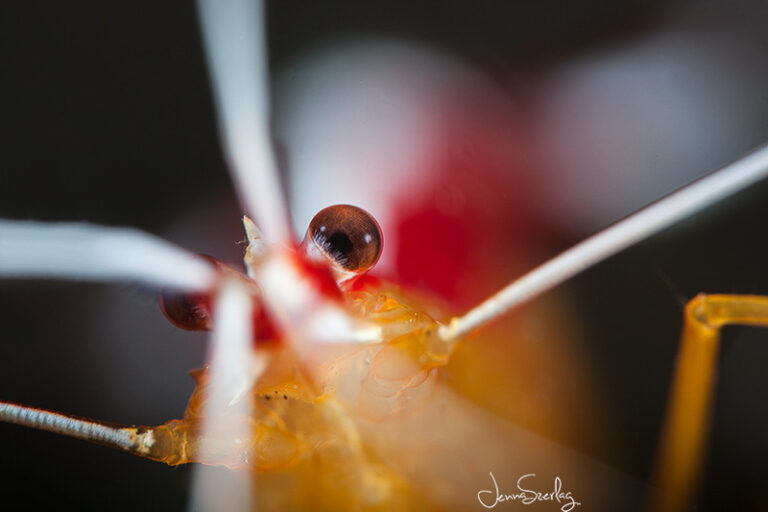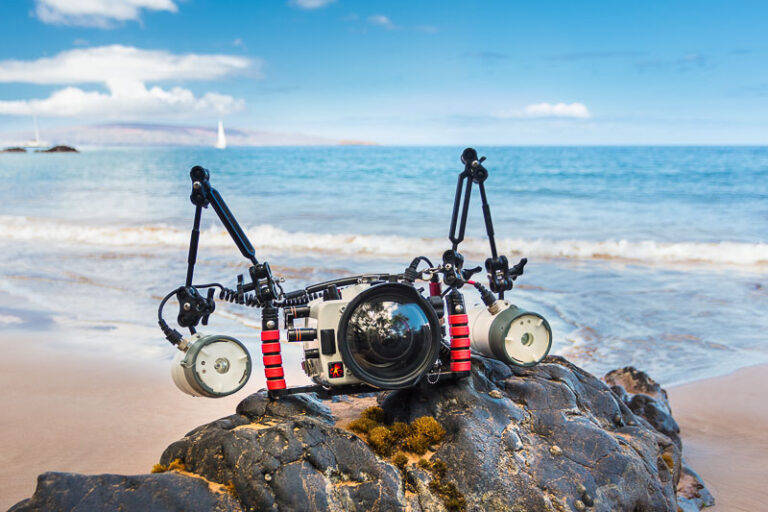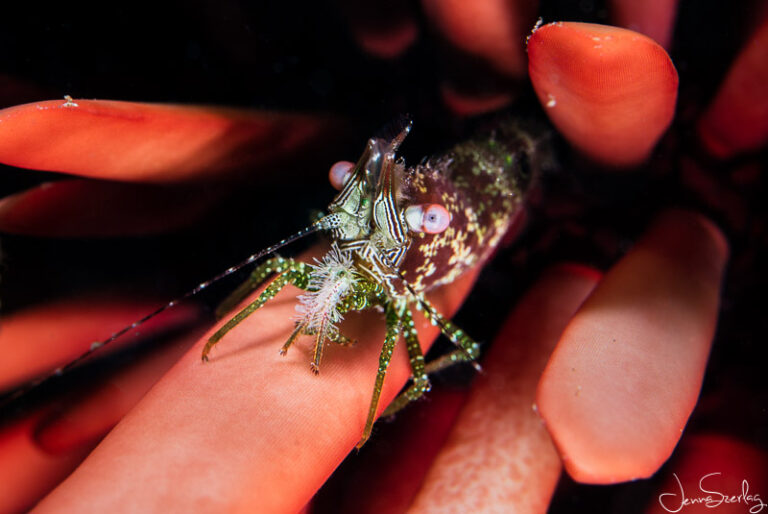
Green sea turtles are found throughout the world. Hawaiian green sea turtles, or honu, are native to Hawaii and have long been part of Hawaiian traditions and culture. They are still revered to some today as a symbol of a guardian spirit, or ‘aumakua. Honu are not only the largest of all sea turtles but also genetically unique.
Where can you swim with the turtles? It’s one of the most popular questions visitors ask when they arrive in Hawaii. Although they are known to travel hundreds of miles during nesting season, green sea turtles are found throughout all Hawaiian Islands and are commonly seen along the leeward sides especially at the popular snorkel and dive sites. Maui’s south shore is known to have so many turtles that it is has been nicknamed “Turtle Town”. You may not even have to jump in the water to see one as chances are you’ll be able to spot one from shore foraging for food around shallow reefs.

Sea Turtle Facts
Turtles have the incredible ability to hold their breath for up to three hours. During our dives we not only see the turtles cruising effortlessly through the water but often spot them when they reach the surface to breathe. They float so peacefully sticking their head up above the water to take in the fresh air. Although they can hold their breath for such a long period of time, they often return to the surface every 10-15 minutes or so. This is a treat if you find yourself at a dive site with many turtles as there’s always one guaranteed to be cruising by.
• Sea turtles cannot retract their head into their shell like freshwater turtles
• They can hold their breath for up to 3 hours
• Green sea turtles can weigh over 400 pounds and grow 4-5 feet in length
• Males are identified by their longer tail and more evident claw on the flippers
• They reach sexual maturity at 20 – 50 years old
• Female sea turtles lay their eggs in nests on the beach
• More than 90% of Hawaiian green sea turtles nest in the Northwestern Hawaiian Islands within the Papahanaumokuakea Marine National Monument
• Green sea turtles haul out of the water and have been observed basking on beaches
• Green sea turtles get their name from the color of their body fat, not the color of their shell
• Sea turtles are threatened by pollution, entanglement in fishing gear, over development of coastal shorelines and predators like tiger sharks
Wait, They’re Not Green?
Green sea turtles don’t always appear to be green. They get the name from their greenish color flesh under their carapace due to their diet that consists mostly of algae and sea grass. Adults can grow to be an impressive 4 feet in shell length and weigh in the upwards of 400lbs so be ready for a wide angle shot when one decides to visit. They are much bigger in person! Green sea turtles are graceful swimmers and unlike their reputation, they have the incredible ability to move swiftly through the water.
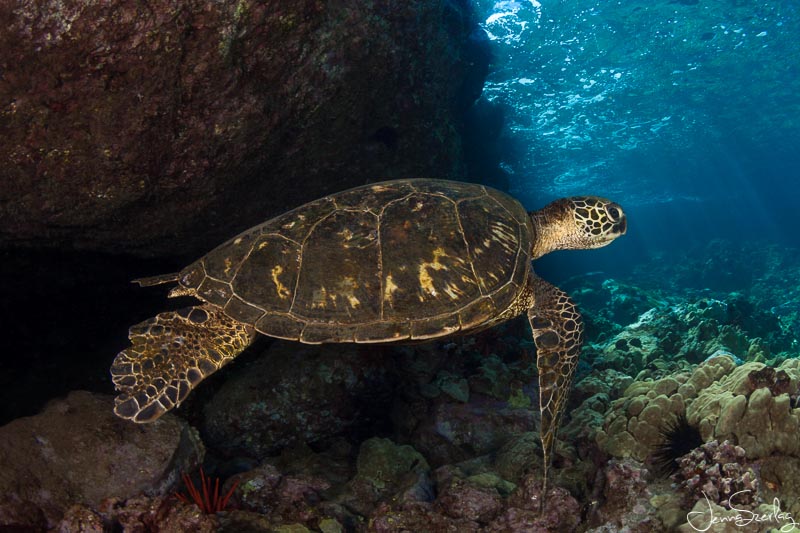
Turtle Cleaning Stations
It’s just like a carwash, except underwater. Turtle cleaning stations are found throughout the world and if you’re lucky enough to find one you’ll see that they are the most picturesque scenes to photograph. Honu suspend themselves within the water column while fish eat the algae and parasites off their shells. It’s a chance to capture them relaxed and to get that deep blue background. Some park themselves on the reef and let the fish do all the work. This makes for gorgeous photos, especially if the surrounding reef has a variety of color. This behavior is very important as turtles don’t have many options to clean their shells other than scraping them against the reef. It’s a ‘win win’ situation for both not only providing food for the fish but it also improves the turtle’s health and helps it swim more efficiently by reducing the drag on their shell.
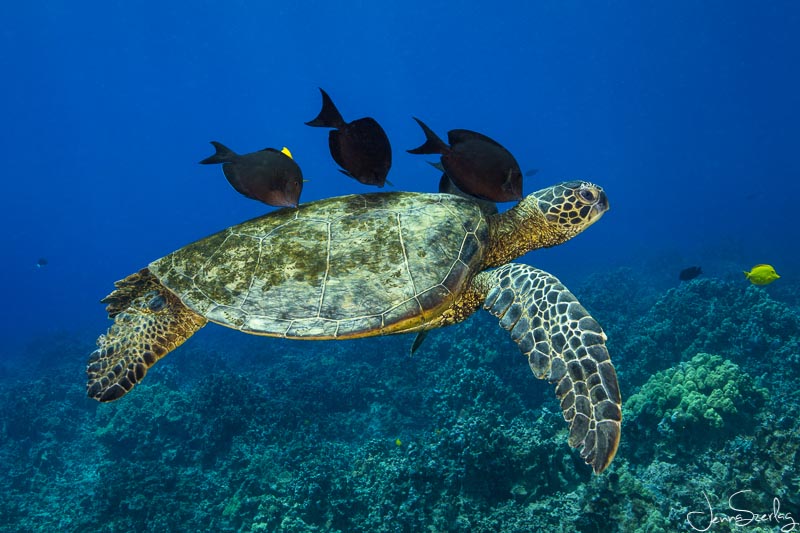
Sea Turtles Playing In The Surf
Yes, we have observed sea turtles playing in the surf! Diving gives us such a unique perspective being able to look up at the shoreline from the depths. I was in only 20 feet of water when I saw a small group of turtles taking turns riding the crashing waves. They were lining up underwater and each taking a turn zipping by with their fins up straight like they were flying before turning around to do it all over again. One of my favorite scenes is the sunburst with fins up. Be sure to have your wide angle lens ready and expose for the bright surface when composing your shot.
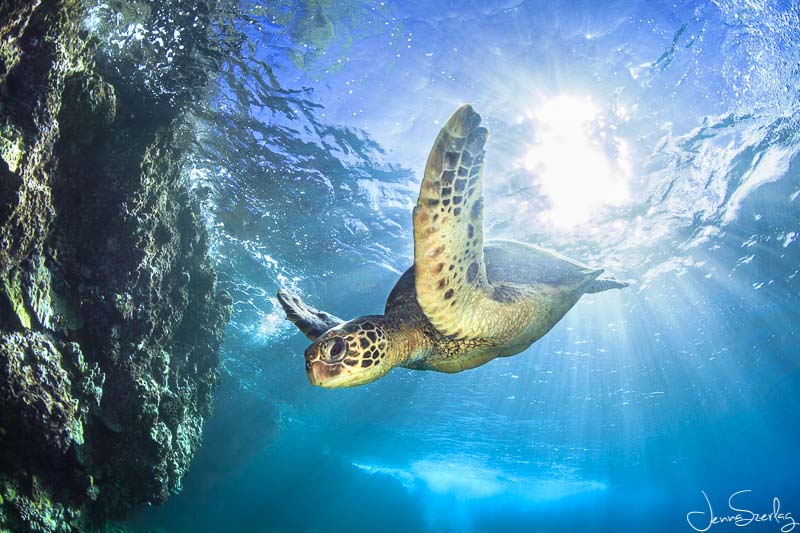
A honu diving back down from the surface. Maui, Hawaii
Making A Comeback
It wasn’t always so easy to encounter one. Hawaiian Green Sea Turtles have been protected by the Endangered Species Act (ESA) since the 1970’s when there were less than 70 known nesting females. With a few ups and downs along the journey, the Hawaiian Green Sea Turtle population has been making a remarkable recovery. That’s great news, but they remain protected under the state and federal laws not only because some of their threats are still very much present but recent ones such as coastal development, over population, pollution and warming temperatures are starting to take effect. Rising seas are swallowing low-lying nesting locations in the remote Papahanaumokuakea Marine National Monument where over 90% of the honu nest.
Did you know that the incubation temperature of a turtle’s nest determines the sex of the hatchling? Warmer nests produce females and cooler nests produce males. The location of the eggs within the nest can also play a role in the development as well. With rising temperatures not only effecting their foraging habitats, our honu are threatened by a potential reproduction imbalance due to sex ratio.
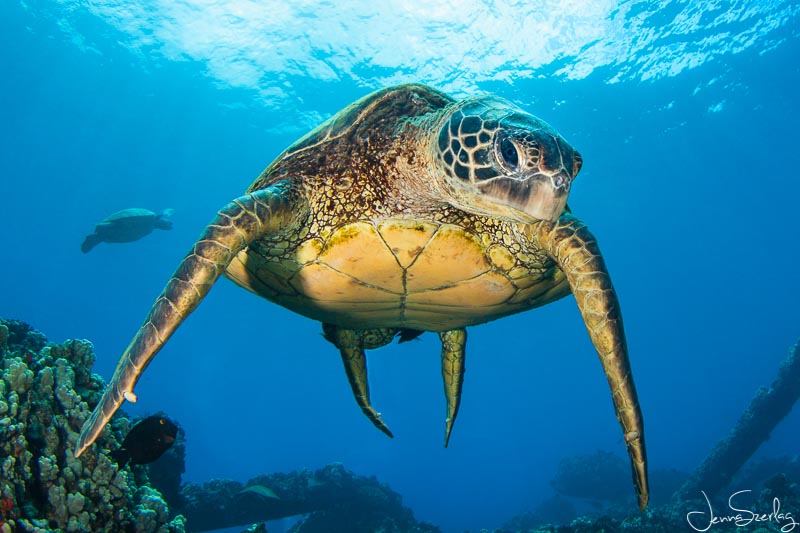
Let us book you your dream vacation
Turtles Basking On Land
Green sea turtles like to bask on the beach to rest, warm themselves and distance themselves from predators such as sharks. Basking puts the turtle in a vulnerable position and getting too close to it can put it in a ‘defense mode’. Although it may look like it is sleeping, it will be forced to keep an eye open on its surroundings. Remember it is the law to always give turtles their space and to never chase, harass or touch a turtle. Safe viewing distances above and below the water from at least 15ft away are crucial so as not to disrupt the turtle’s natural behavior or burden it with anxiety.
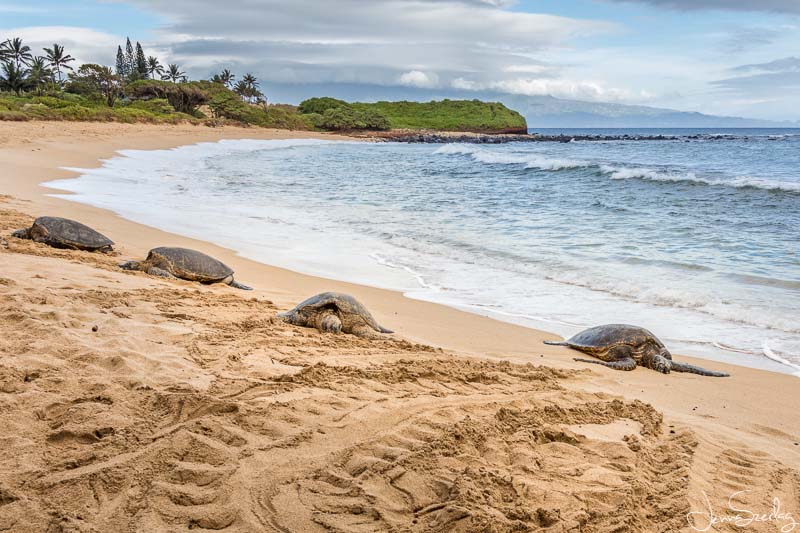
Turtle Tracks
Fun Fact: Turtle tracks left in the sand can be identified by their distinct patterns. You guessed it, Hawaii is not only home to the indigenous honu but also home to 4 other rare sea turtles including the leatherback, loggerhead, Olive Ridley and the endangered Hawksbill or honu’ea. Hawksbill favor shorelines and bask on shore like the green sea turtles leaving wavy tracks in the sand by alternating their fins when walking to and from the ocean. They also differ from the green sea turtle in their physical appearance. Their head is narrow, their beak is pointed and they have four pre-frontal scales between their eyes instead of two like the green sea turtles. But don’t expect to see the Hawksbill any time soon. Only 20-25 females are known to be nesting each year on the Hawaiian Islands. Their survival is in a critical state as their population has not shown any signs of recovery to conservation efforts.
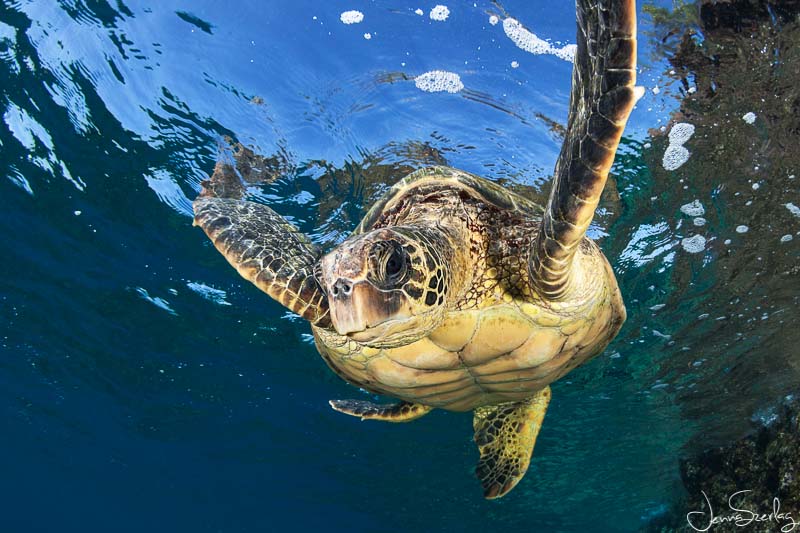
How We Can Help Save Sea Turtles Today
1. Keep a safe distance from turtles and do not disrupt their natural behavior
2.Prevent trash from entering the ocean; participate in beach and reef cleanups
3. Avoid beach driving where nests could be damage
4. Volunteer in turtle conservation program
5. Call in and report sightings of nests and/or a turtle in danger. The contact information to do so is here: https://www.fisheries.noaa.gov/report











